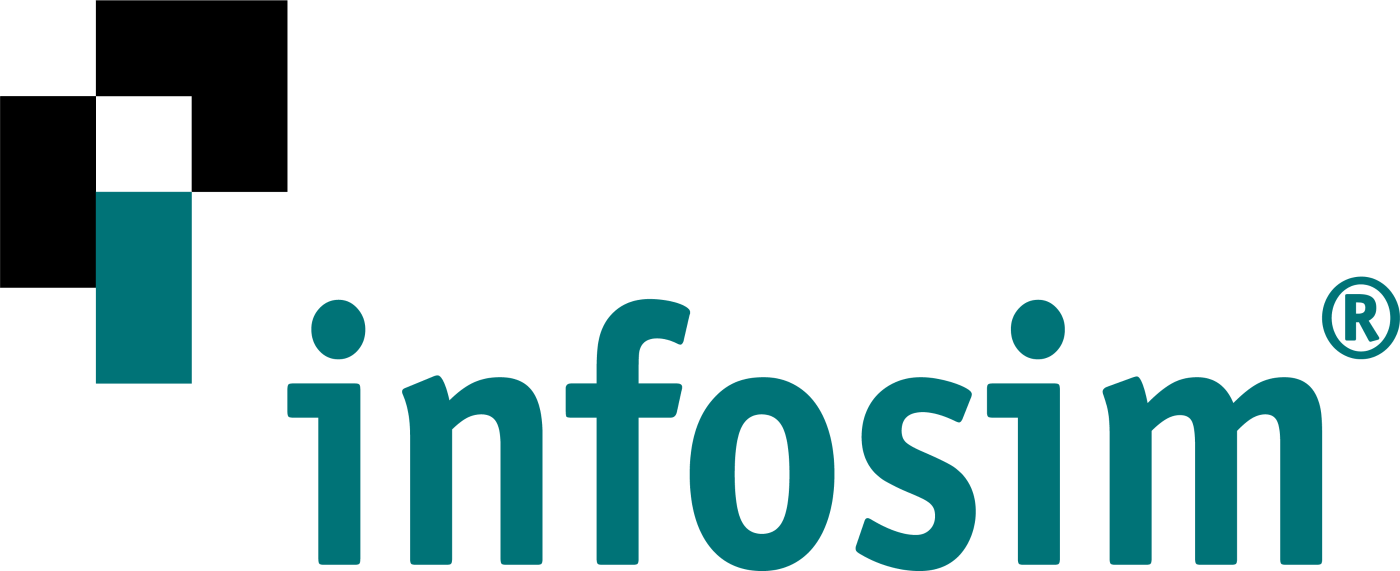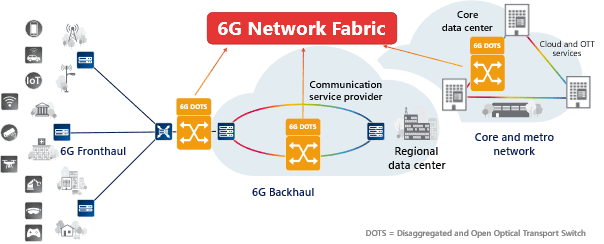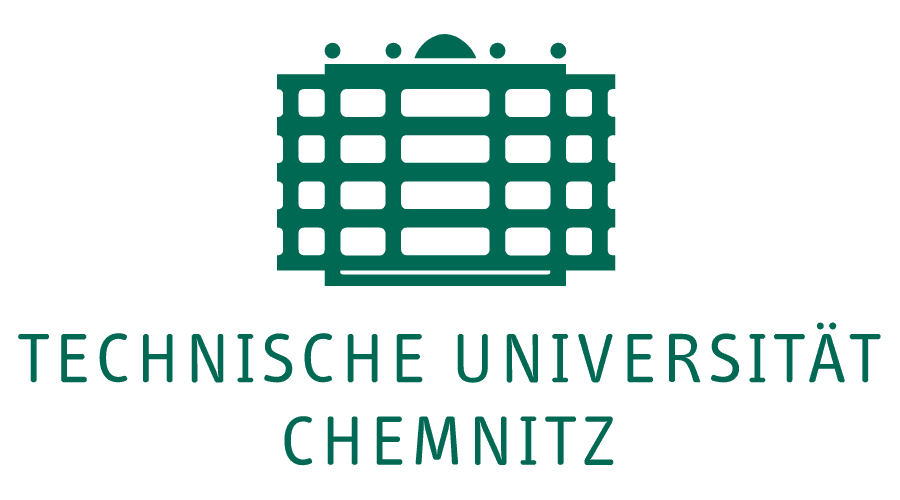6G-NETFAB
Open Disaggregated 6G Network Fabric

General Information
Various reports (e.g. ITU-R or Ericsson) published in recent years expect an annual growth rate of more than 40% for mobile communications traffic. About 80% of this occuring mobile traffic is stationary located within buildings, where it could potentially also feed directly into the fixed network infrastructure. The broadband traffic is further aggregated and transported via the backbone including optical metro and core networks, which thus become crucial for reliable, high-transfer-rate and (energy-)efficient 6G networks.
Project Goal
Within the project 6G-NETFAB, an open and disaggregated (packet) optical network for the backbone of future 6G networks will be specified, developed, and demonstrated as a functional prototype in an operational environment. Overall objective is the transformation of fiber-optic communications networks by integrating new types of distributed switching nodes into a holistic 6G network structure, the so-called network fabric. In contrast to the previous largely monolithic and proprietary switching nodes, the network fabric is flexibly composed of disaggregated and open optical transport switches (DOTS), distributed in the fiber-optic network.
The developments focus on the disaggregation of the switching nodes, i.e. the separation of software and hardware and the development of components with open interfaces. New control algorithms are also designed to allow holistic network management of the entire fiber network. All in all, the network fabric will enable the operation of communication networks with distributed end points and variable data streams.
Infosim® – Our Focus
Our focus is on techniques for SDN-based control and service management, interaction with classical networks and support of the demo setup in a test environment. Of special focuses are the interfaces between management system and devices, monitoring and measurement of appropriate KPI’s, visualization of topologies, data collection and provisioning (e.g. for ML approaches), automation of configuration, and fault management.
Back to the Project Overview

Software
Made in Germany

Software
Made in Germany




